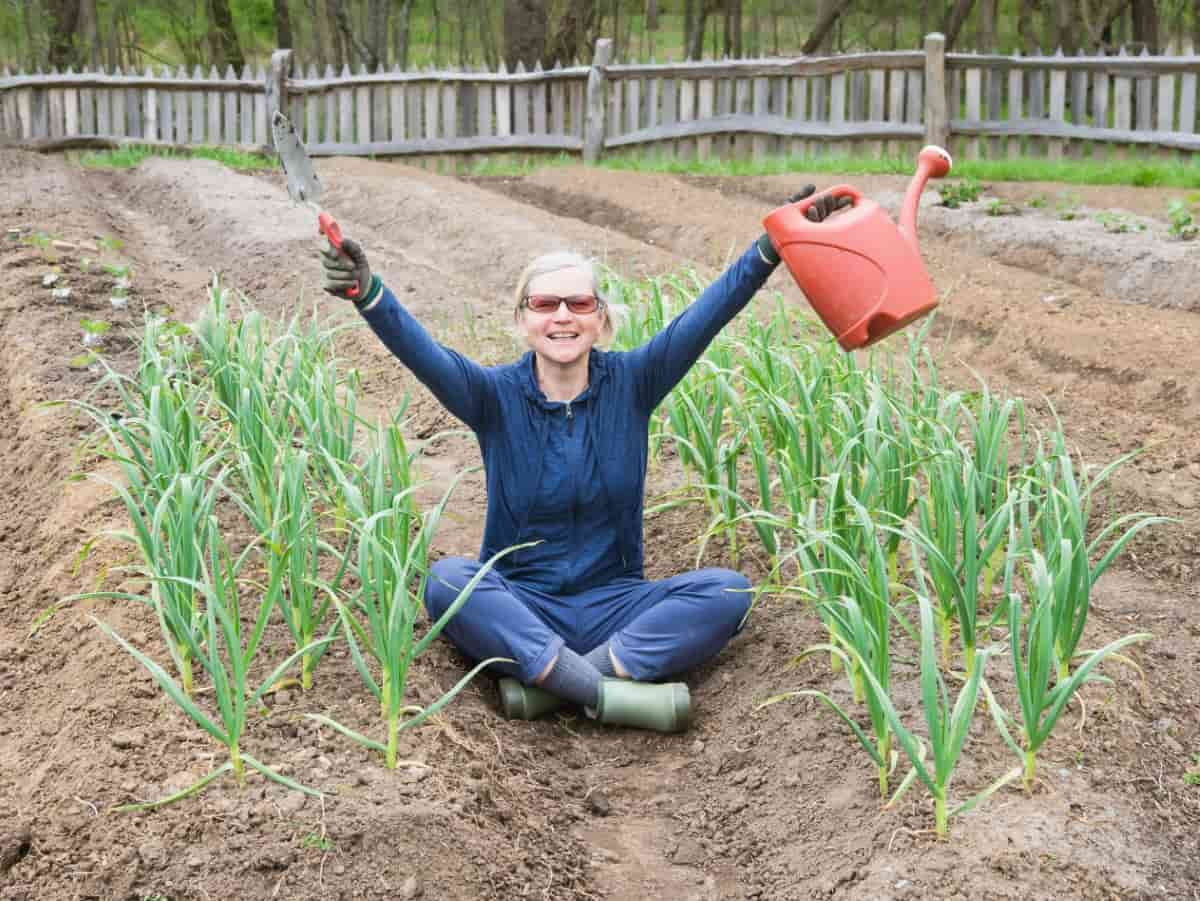In Canada’s diverse and expansive landscape, understanding plant hardiness zones is pivotal for gardeners and agriculturists alike. These zones, a classification system reflecting the climatic conditions crucial for plant growth and survival, vary widely across the country. From the frigid Arctic tundras to the milder coastal regions, each zone presents unique challenges and opportunities for gardening and agriculture. This guide delves into the essence of Canadian hardiness zones, offering insights into their significance, regional variations, and the importance of selecting the right plants for each zone.

Plant Hardiness Zones in Canada
Understanding Plant Hardiness Zones: The Basics and Their Significance in Canada
Plant hardiness zones are crucial for gardeners and farmers, as they guide what plants can thrive in specific regions. In Canada, these zones, often referred to as Canada gardening zones or Canadian hardiness zones, are determined by analyzing climate data, especially minimum temperatures.
Each zone represents an area’s ability to sustain certain types of plants, making it essential for successful gardening and agriculture. The concept of plant hardiness zones in Canada helps in selecting the right plants for a particular area, ensuring they are suitable for the local climate conditions. Understanding these zones is the first step for any gardener, as it sets the foundation for what types of plants can be grown in their area.
Mapping Canada’s Gardening Zones: An Overview
Mapping Canada’s gardening zones involves a detailed analysis of the country’s diverse climate patterns. These zones are defined by the average annual minimum temperature, which is crucial for plant survival. The plant hardiness zones in Canada are marked from 0, which is the coldest, to 9, the warmest.
This range reflects the vast climatic diversity across the country. To find out the specific zone for an area, Canadian gardeners can use tools like the Canadian hardiness zones by postal code system. This system allows gardeners to input their postal code and receive information about the hardiness zone of their specific location, aiding in better plant selection and gardening practices.
Climate Influences on Plant Growth: Hardiness Zone Considerations
The climate significantly impacts plant growth, and understanding this is key to successful gardening. Hardiness zones consider climate factors like temperature extremes, directly affecting plant survival and growth. In Canada, the wide range of climates from coast to coast means that plant hardiness zones vary greatly. For example, plant hardiness zones in Canada range from the colder northern areas to the milder southern regions.
These zones help gardeners understand which plants best suit their local climate, ensuring better growth and survival rates. By considering these zones, gardeners can make informed decisions about their plant choices, leading to more successful and sustainable gardening practices.
Zone-Specific Gardening Tips for Canadian Gardeners
For Canadian gardeners, tailoring gardening practices to their specific hardiness zone is essential for success. Each zone has its unique characteristics, and understanding these can greatly impact the health and growth of plants. In colder zones, selecting plants that can withstand harsh winters is crucial, while in warmer zones, gardeners might focus on heat-tolerant species.
In case you missed it: 14 Best Plant Nurseries in Vancouver (Canada): Top Garden Centers to Buy all Kinds of Plants

Additionally, knowledge of the local hardiness zone helps plan planting times, as different zones have varying growing seasons. Gardeners can use this information to time their planting and harvesting activities, maximizing the potential of their gardens. By applying zone-specific knowledge, Canadian gardeners can enhance the health and productivity of their gardens, ensuring a bountiful and beautiful outdoor space.
Adapting to Climate Change: Shifts in Canada’s Hardiness Zones
Climate change is causing shifts in Canada’s hardiness zones, impacting gardening and agricultural practices. As global temperatures rise, these zones gradually move northward, making areas suitable for plants that previously could not survive there. Gardeners and farmers must adapt to these changes by staying informed about the shifting zones and adjusting their plant selections accordingly.
Changing and adjusting are really important to keep gardens healthy and farming sustainable as the climate changes. By monitoring these shifts and responding proactively, Canadian gardeners and farmers can continue to grow a diverse range of plants, contributing to the resilience of their local ecosystems and the broader environment.
Selecting the Right Plants for Your Canadian Zone
Selecting the right plants for your Canadian zone is essential for a thriving garden. Understanding your specific hardiness zone helps in choosing plants that are best suited for your local climate. Knowing your zone can make a huge difference in your gardening success in Canada, where the climate varies significantly.
In case you missed it: Creating a Solid Organic Farming Business Plan in Canada: Strategies for Sustainable Agriculture

It guides you in picking plants that will flourish in your area’s temperature extremes, ensuring a vibrant and sustainable garden. For gardeners, this knowledge translates into a more harmonious relationship with the local environment, leading to a healthier and more productive garden.
Regional Variations: Exploring Hardiness Zones Across Canada
Exploring the regional variations in hardiness zones across Canada reveals the diverse gardening opportunities in the country. Each zone offers unique possibilities and challenges, from the colder northern regions to the milder southern areas. Understanding these variations is key for gardeners and farmers who wish to optimize their plant selections for the best results. By recognizing the distinct characteristics of each zone, Canadian gardeners can tailor their gardening practices to suit their specific regional conditions, enhancing the overall health and beauty of their gardens.
Detailed Breakdown of All Hardiness Zones in Canada and Their Corresponding Regions
- Zone 0: This is the most extreme hardiness zone in Canada, found in the high Arctic regions, where very few plants can survive the harsh conditions.
- Zone 1: Primarily in parts of Nunavut and the Northwest Territories, this zone supports only the most cold-hardy plants.
- Zone 2: Found in northern parts of provinces like Alberta, Saskatchewan, and Manitoba, as well as some more remote areas of the Northwest Territories.
- Zone 3: This zone covers a significant portion of the interior regions of Alberta, Saskatchewan, and Manitoba, as well as parts of Yukon.
- Zone 4: Encompassing parts of southern Alberta, Saskatchewan, and Manitoba, and interior regions of British Columbia.
- Zone 5: Covering most of southern British Columbia, southern Ontario, and parts of Quebec, this zone supports many plants.
- Zone 6: Found in the coastal regions of British Columbia, parts of southern Ontario, and the St. Lawrence Valley in Quebec.
- Zone 7: The mildest zone, predominantly in the coastal areas of southern British Columbia, including Vancouver and Victoria, where various plants, including some more tender species, can thrive.
In case you missed it: Preventing and Managing Powdery Mildew in Ornamental Plants

Conclusion
Understanding and utilizing plant hardiness zones in Canada is essential for successful gardening. By selecting the right plants for your zone and adapting to regional variations, Canadian gardeners can create vibrant, sustainable gardens that harmonize with their local environment. As climate change affects these zones, staying informed and adaptable will be key to gardening success in Canada.
- Ultimate Guide to Ossabaw Island Hog: Breeding, Raising, Diet, and Care
- Ultimate Guide to Juliana Pig: Raising Facts, Size, Diet, Care, and Lifespan
- Raising Lleyn Sheep: Disadvantages, Price, Uses, Characteristics, and Care
- Ultimate Guide to Meishan Pig: Breed Facts, Breeding, Raising, and Care
- Ultimate Guide to Teacup Pigs: Raising, Diet, Lifespan, Cost, and Care
- Guide to Raising Poll Dorset Sheep: Facts, Profile, Characteristics, Uses, and Care
- Ultimate Guide to Bighorn Sheep: Characteristics, Diet, Lifespan, Breeding, and Lifecycle
- Ultimate Guide to Raising Katahdin Sheep: Farming Facts, Breed Profile, Uses, and Care
- Ultimate Guide to Raising Oreo Cows: Belted Galloways Farming Facts, Profile, Uses, and Care